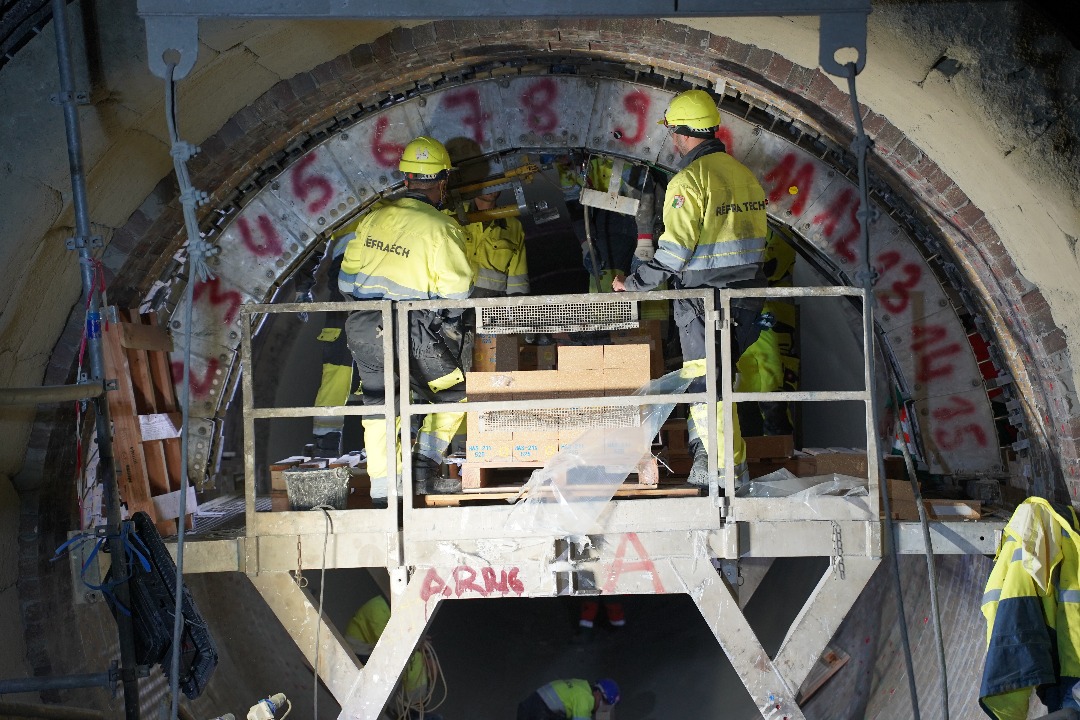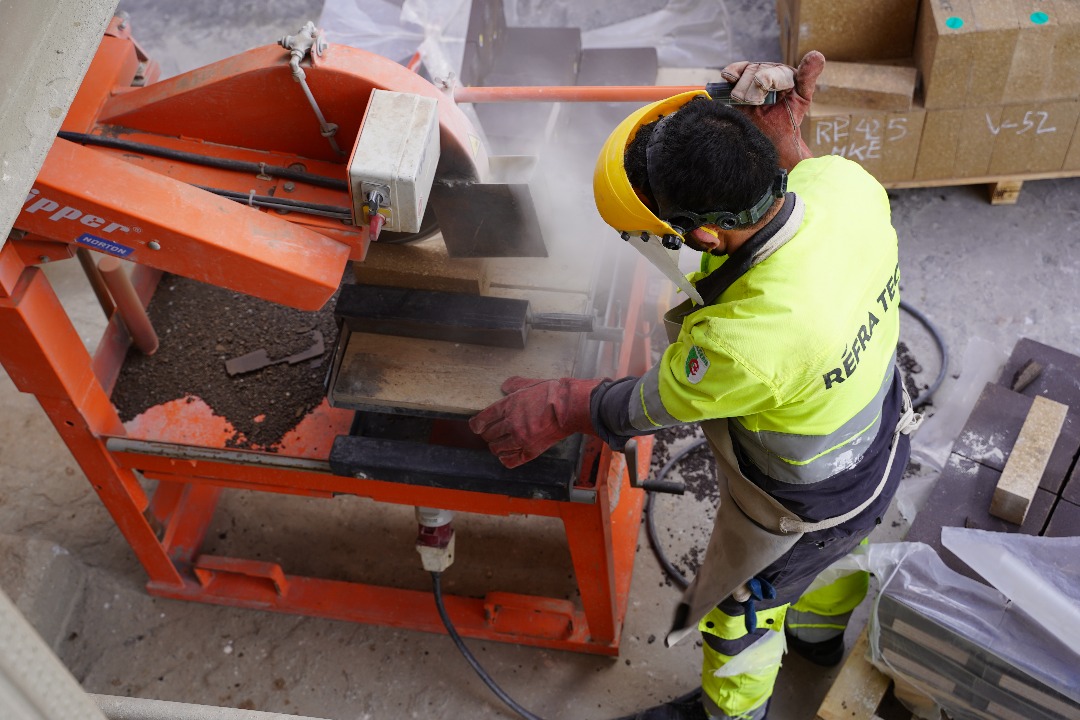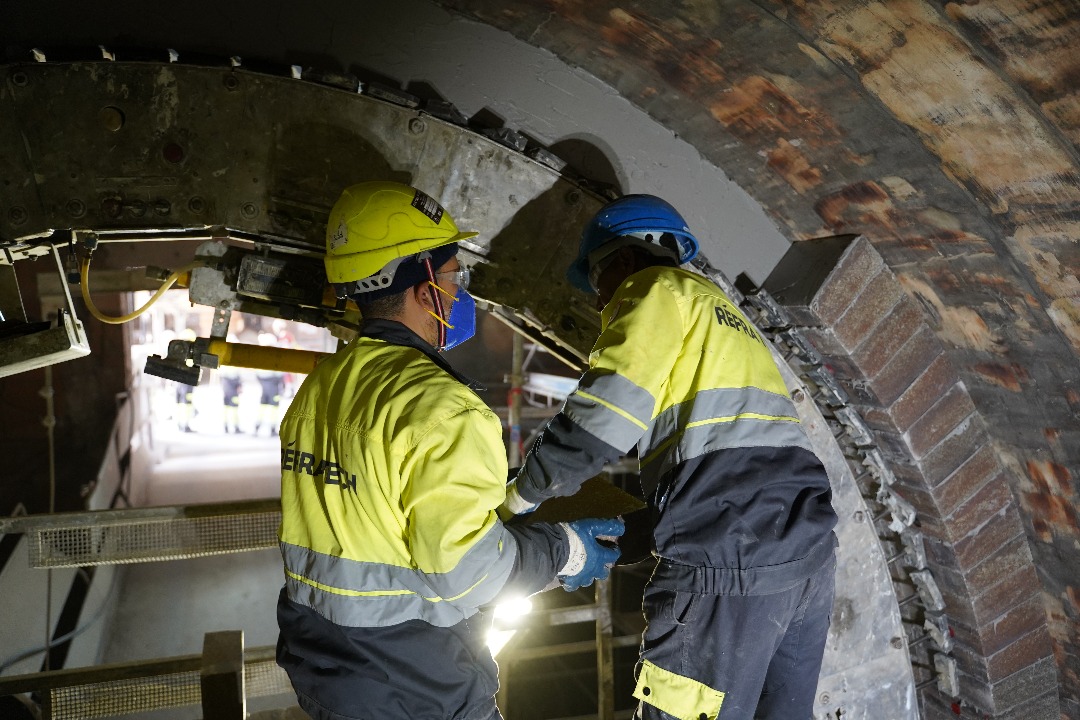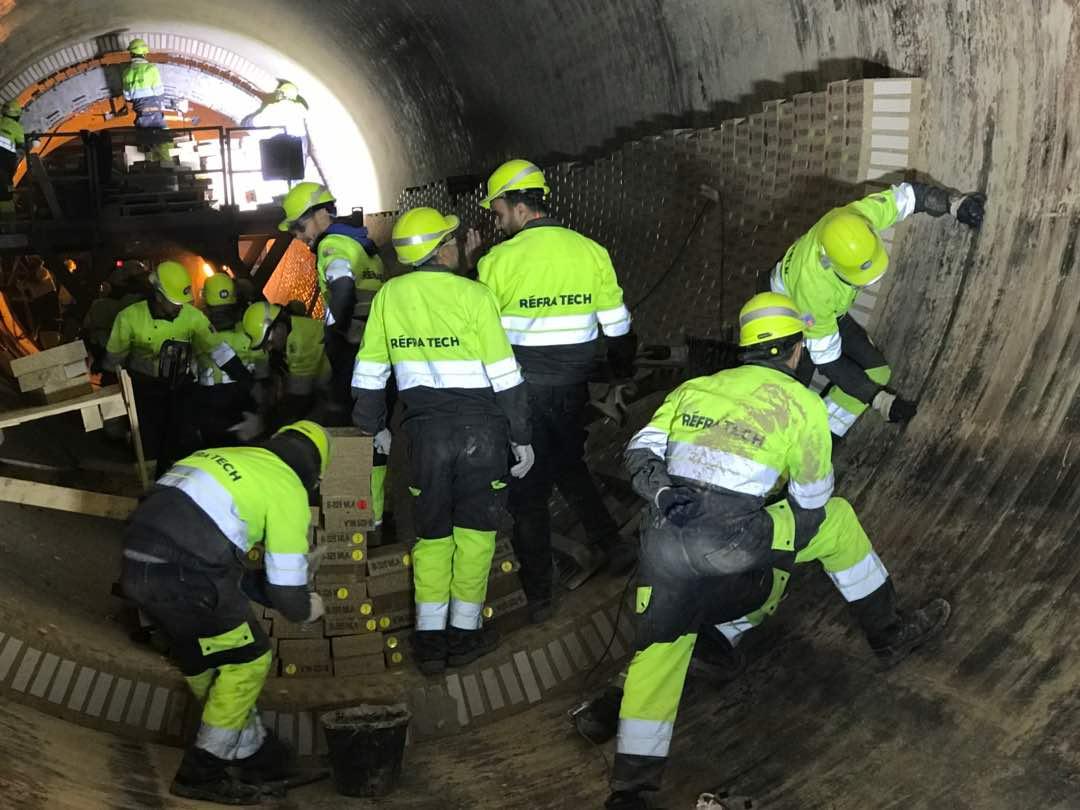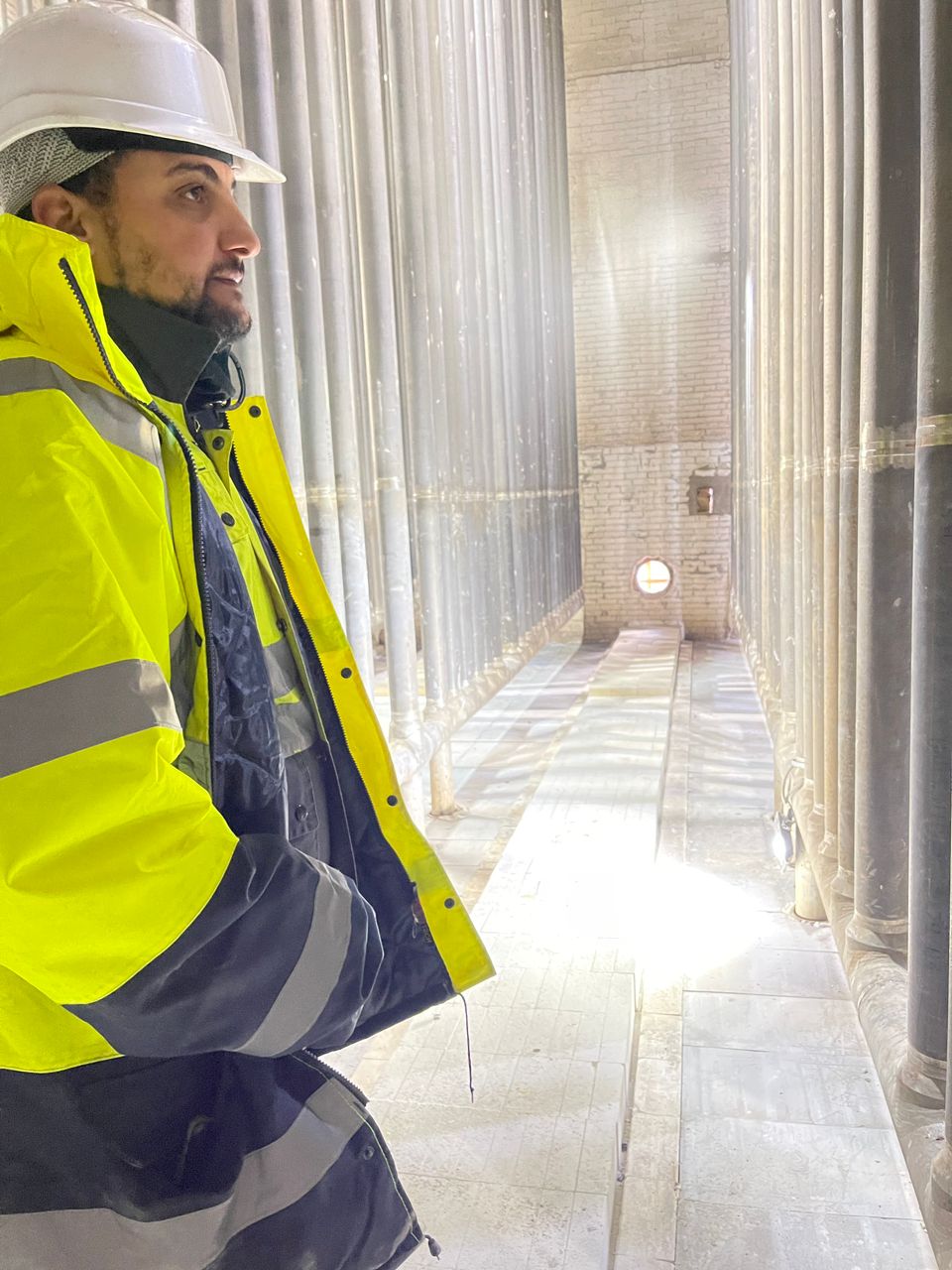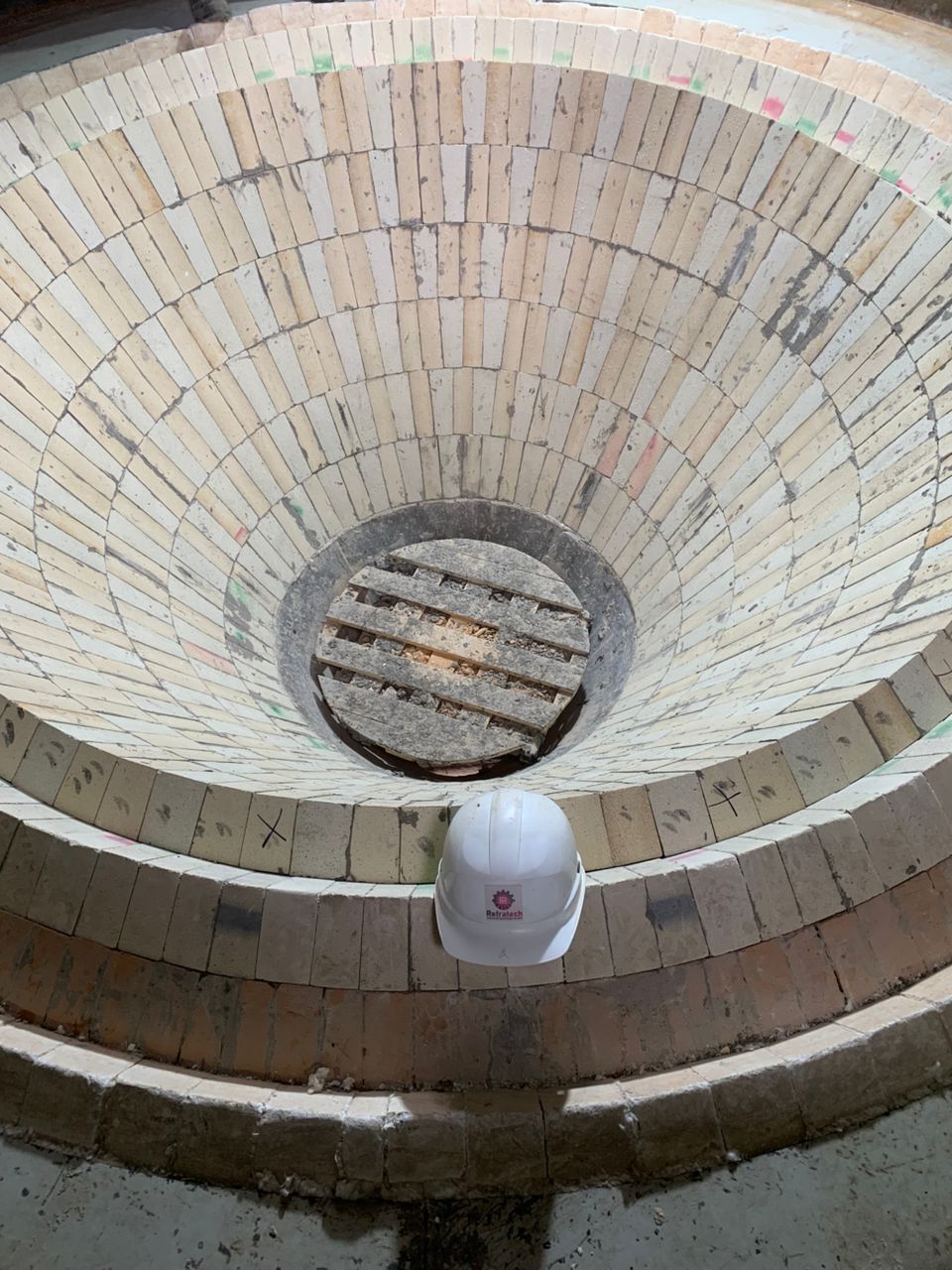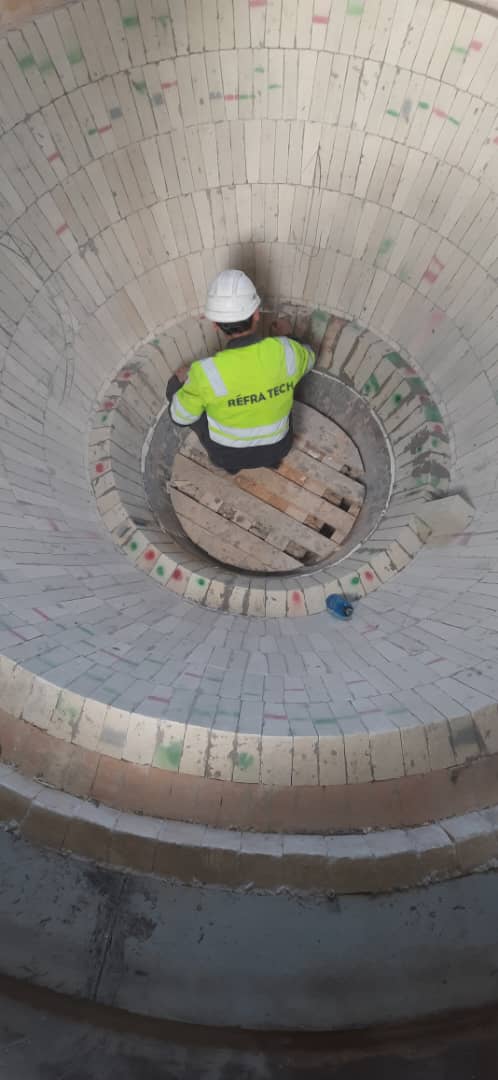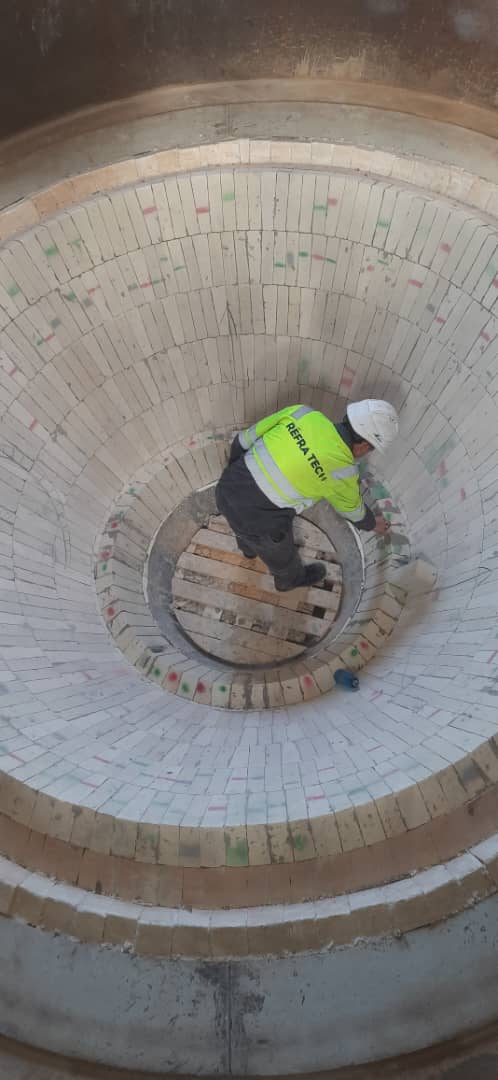FIREBRICK
Ensure a thorough and personalized study based on the chemical, mechanical, and thermal constraints associated with the process and the bricks. Properly prepare the installation surface (cleaning, verifying its capacity to support thermal and mechanical loads). Use high-quality bricks that are suitable for the temperature and other service constraints. Plan for expansion joints to prevent cracking. Apply refractory mortar correctly (allow it to dry for 24-48 hours at room temperature). Verify the alignment of the bricks before drying. Gradually increase the temperature to avoid thermal shock. »
1- Customized Study Based on Constraints: It’s essential to conduct a detailed and tailored study before starting the installation process. This study should account for the chemical, mechanical, and thermal stresses that will be placed on the material due to the operating conditions. The type of brick and its usage must be aligned with these factors to ensure long-term performance.
2- Surface Preparation: The surface where the bricks will be installed must be prepared thoroughly. This includes cleaning the area to remove any contaminants that may interfere with adhesion and checking the surface’s ability to withstand both thermal and mechanical loads. This ensures that the bricks will be securely installed and will perform efficiently over time.
3- Use of Quality Bricks: The bricks selected should be specifically chosen based on their suitability for the required temperature and other service-related constraints. This is vital to ensure that the material can withstand the high temperatures it will be exposed to, as well as the mechanical stresses it may endure.
4- Expansion Joints: Expansion joints should be incorporated into the structure to accommodate the natural expansion and contraction of the bricks due to temperature fluctuations. This will help prevent cracking and ensure the integrity of the installation over time.
5- Refractory Mortar Application: When applying refractory mortar, it is crucial to follow the proper procedure. This includes ensuring that the mortar is evenly applied and allowing it to dry for 24-48 hours at room temperature before subjecting it to any thermal load. Proper curing of the mortar is essential for ensuring strong adhesion and the durability of the installation.
6- Brick Alignment Check: Before the mortar fully dries, it’s important to verify the alignment of the bricks to ensure a proper fit and consistent structure. Misalignment can affect the performance of the installation and cause problems such as heat loss or structural weakness.
7- Progressive Temperature Increase: Once the bricks are in place and the mortar has dried, it is essential to gradually increase the temperature of the installation. This will prevent thermal shock, which can cause the bricks to crack or the mortar to fail. A controlled temperature ramp-up ensures that the materials adjust slowly to their operating conditions, ensuring the longevity and performance of the installation.
By following these steps, you can ensure that the installation of refractory bricks is done correctly, ensuring both their effectiveness in high-temperature environments and their structural integrity over time.

